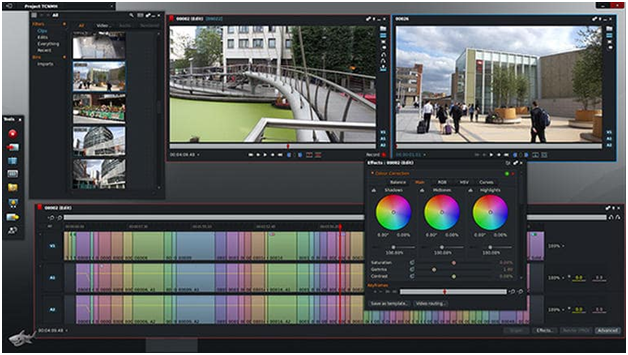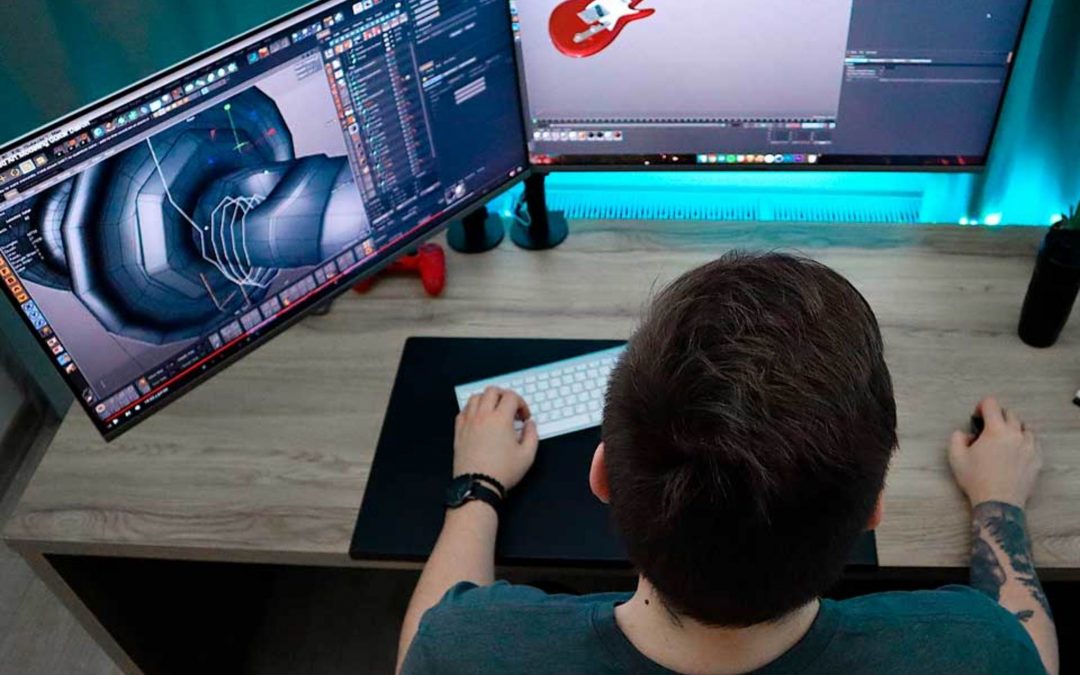3D graphic design can be seen in abundance in today’s technologically advanced world. When compared to its initial conception, the innovative idea has gained popularity due to its visual aesthetic as well as practical use in many industries. Most designers nowadays are eager to take the dive into 3D graphic design to enhance their skills as well as promote their businesses.
3D designs have taken average projects to morph them into complex displays with interesting new elements. Along with this and nuanced colors, this new technique has been in demand for a while and now it also features video and animations.

The Start of 3D Design
The initial concept of today’s 3D format was developed in the early 1960s but it did not become marketable until the ‘90s. 3D modeling was introduced as a visual representation presented digitally that could create and actual test object for any industry. It used computer software that was specific and specialized with incorporation of real time data and actual interactions with the surrounding environment.
Graphics were added using computers during the same time frame and were soon made a part of home systems. Not only were 3D models being used, but there were layouts and animations being incorporated into the technology for better response from users and businesses. Designers began to use these computer graphics to shift pictures, scale up images, swap colors and even rotate graphics.
Check out waywithwords.net for caption and subtitle services
Adding Video to Graphic Design
Adding video to computer design creates motion graphics. These act as a communication tactic to add more illustrations to a design. The story that your design wants to tell can be accompanied by music and icons to deliver a certain message. Motion graphics are now popularly used for commercials, TV show logos and even for movie sequences. Designers have used these graphics as a form of animated video production which are locating complex ideas and giving them easy presentation.
The following are some examples of the software being used:
Adobe Premiere Pro CC
Adobe Premiere Pro CC is available for Windows which is being used by many creative designers and animators. It is capable of working with unlimited video tracks with easy import options from any source. Added to this, it supports automatic syncing and multi angles to make any video look special. The companion app that comes with it is dedicated and understanding of its original software, as well as the functioning.
Maya
This is a comprehensive toolset that only advanced designers use. 3D artists use this standard option due to the unrivalled amount of tools present within its preset. Even though it is a complex learning experience, the VFX and animation uses are practical and essential. Besides providing modelling and texturing, this powerhouse can even work with tiny hairs, cloth and fluid visuals that make it one of the most powerful 3D tools on the market.
GIMP
This is a free editing software used for image manipulation. It is open sourced and has gained much popularity due to its fine tuning an adjustment options. Images can be added to video that can be customized in regards to color, shape, size and even rotation. Besides being a good option for beginners it is also useful for advanced creatives to layer their animation and further broaden a concept. It also comes with pre-installed plugins which are easy to understand and does not require any technical training.
Final Cut Pro
Used for Mac and Apple devices, Final Cut Pro is a versatile editing tool that comes with a brand new interface and amazing features for innovative animations. The editor is quite high in price but it is warranted due to the amalgamation of grouping tools and audio editing options. The app is easier on the eyes and lets syncing become easier with additional optional clips to review. It also allows keyword tagging and a manageable storage library.
Inkspace
Inkspace features a rich combination of abilities and thus is a popular design software that video animators use. It can work with vectors that are used to alter shapes and text of icons and pictures. Effects and gradients can further be added to spice up an idea, along with filters which can adhere to vector based formats. Node editing and path operations come additionally, free of cost, and the software can work on any kind of device. The compatibility it provides for imagery makes it an excellent choice for any kind of business.
Cinema 4D R20
This is a new and complicated 3D modelling software that experts and novices can both use for their designs. It comes with expensive plugins and it high in cost due to the specification of its function. Besides being a go to for motion graphics, the software is employed in illustration ideas and visualizing complex concepts. The tool comes with an easy learning curve and customizable libraries, although mostly professionals use it. The toolset now also features volumetric modelling which helps to create smooth models and forms. With its upgrades and additional features, it is the best investment to make for your designs to thrive.
Conclusion
The concept of 3D design and video has now become more prevalent than ever. Graphic designers are using tools to add realism to their models, as well as adding animation to spruce up any artwork. Coupled with other immersive tech, these tools are capable of creating solid motion imagery that can be presented to clients and consumers alike for a whole new product experience.





Hiya, I am really glad I’ve found this info. Nowadays bloggers publish only about gossips and the internet and this is actually frustrating. A good web site with interesting content, that’s what I need. Thanks for keeping this site, I will be visiting it. Do you do newsletters? Can’t find it.